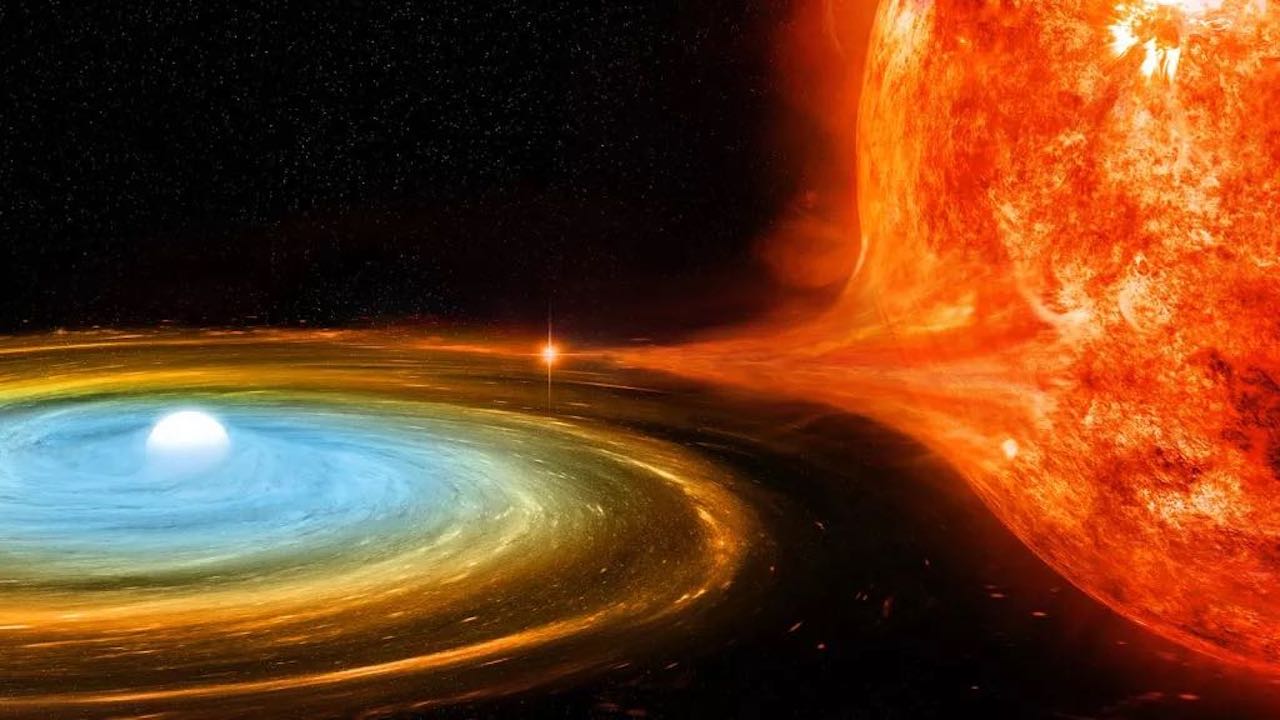Astronomers have recorded the on and off of a white dwarf for the first time

White dwarfs are some of the most studied and understood celestial objects in the universe, but they are still capable of surprising us when we least expect it. Astronomers using NASA's Transiting Exoplanet Survey Satellite (TESS) were studying a white dwarf in a binary star system when they suddenly noticed it was on and off for just 30 minutes.
The researchers, led by Dr Simone Scaringa of the Centre for Extragalactic Astronomy at Durham University, UK, were studying how a white dwarf accretes material - the scientific way of saying "devours" - from its stellar partner when they noticed that the brightness of the white dwarf suddenly dropped dramatically. The observations were published in the journal Nature Astronomy.
"To see the brightness of TW Pictoris drop dramatically in 30 minutes is unusual in itself, as this has never been observed in other accreting white dwarfs and is completely unexpected in terms of our understanding of how these systems must feed through an accretion disk," Dr Skaringi said. "It looks like it's turning on and off."
Such a shift is not unusual for other objects such as neutron stars, but it is the first time it has been observed in a white dwarf, making it particularly interesting for astronomers studying the physics of "accretion."
Accretion is a process in which huge amounts of material accumulate from a source into a rotating disk around its center of gravity, which slowly absorbs the material. Saturn's rings are best known, as well as the disk surrounding the supermassive black hole at the center of galaxy M87.
"Since the disk takes months to deplete, the observation of TW Pictoris' brightness drop in 30 minutes was completely unexpected," adds Dr. Skaringi. "We think that TW Pictoris is not experiencing rapid disk depletion, but some kind of reconfiguration of the white dwarf's magnetic field that rapidly pushes the edge of the inner disk outward, making it dimmer."
These observations may prove to be an important step in our understanding of accretion behavior, as white dwarfs are much more common in the universe than neutron stars or black holes, which are also well known but poorly understood.
Source: techradar, eurekalert